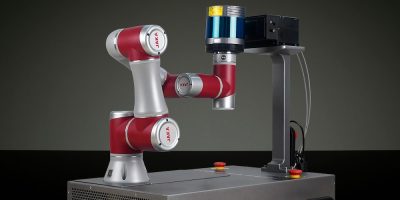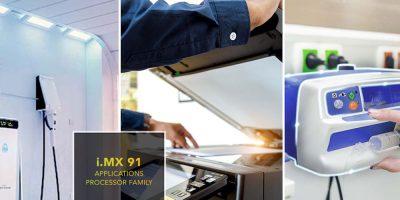Support for AutoSARv4.4.0 extend the Aurix TC3xx MCAL support already available from Infineon Technologies. This expansion adds ASIL D and SIL-2 compliant drivers to support AUTOSARv4.4.0.
For ASIL D applications, the MC-ISAR TC3xx roadmap has been updated to also provide ASIL D compliant drivers. With the upcoming Maintenance Release 2.25.0, the driver will include ASIL D compliant software products. Support for IEC 61508 SIL-2 will be provided with Release 2.30.0. The latest release aims at AutoSAR applications in all automotive domains, including engine, chassis, safety, and body. It also applies to commercial agricultural vehicles (CAV), industrial and marine applications, Infineon noted.
According to the company, the biggest advantage of the MC-ISAR AS440 EXT TC3xx is its support for the latest standards, eliminating the need for additional drivers for ASIL D argumentation. It facilitates software partitioning and provides more flexibility by allowing the driver to run in an ASIL D domain, simplifying system-level security argumentation. Developers can therefore work with a production-ready driver with a qualification and safety certification that is ASIL D compliant, helping to avoid systematic failures. In addition, the driver offers ISO 21434 support for continuous monitoring.
Infineon’s partners further assist developers with additional services and support.
The listed AutoSARv4.4.0 MCAL software packages is provided with MC-ISAR Basic drivers enabled (MCU,DIO, ICU, GPT, PWM , SPI , ADC, WDG, OCU, FLS, FEE, CAN, CanTrcv, LIN, BFX, CRC).
Another driver is the MC-ISAR Com Enhanced (FlexRay, Ethernet). Infineon also provides the MC-ISAR MCD MCAL complex driver – 11 complex drivers in addition to the standard AutoSAR drivers (DMA, FLSloader, UART, DS-ADC, SMU Safety Management Unit, DEMOCD: HSSL, SENT, I²C, IOM I/O Monitoring, STM System Timer, IRQ Interrupt Request).
In addition, the software packages include important features like AutoSAR BFX and CRC library, ASPICE L2, ASIL D process for FFI, MISRA 2012 change 1 (CERT-C) compliance (AUTOSARv4.4.0), and ISO 21434 support for continuous monitoring.
The key ASIL D compliant drivers with IEC 61508 SIL-2 support will be available from mid-2023.







